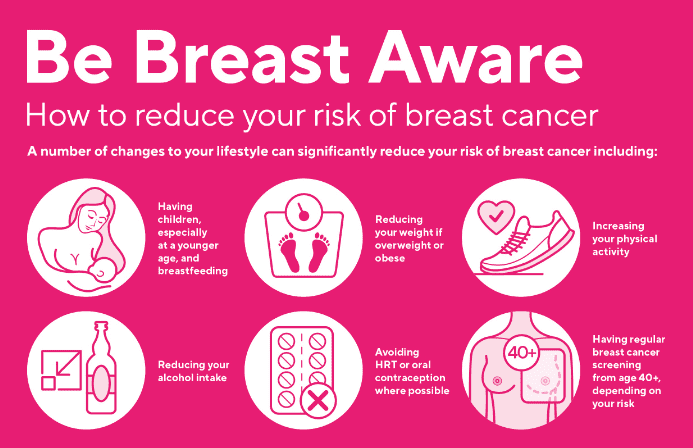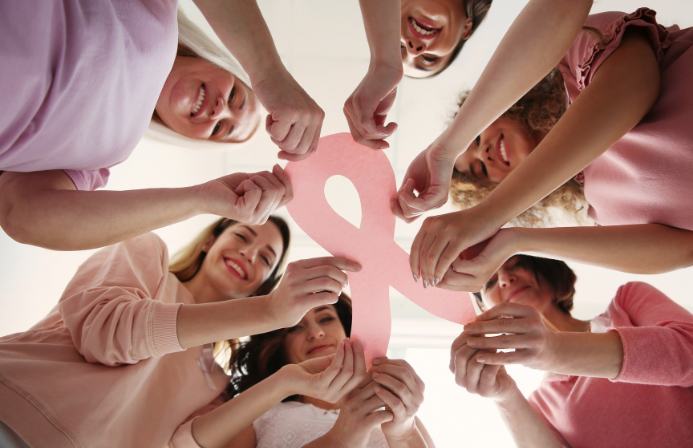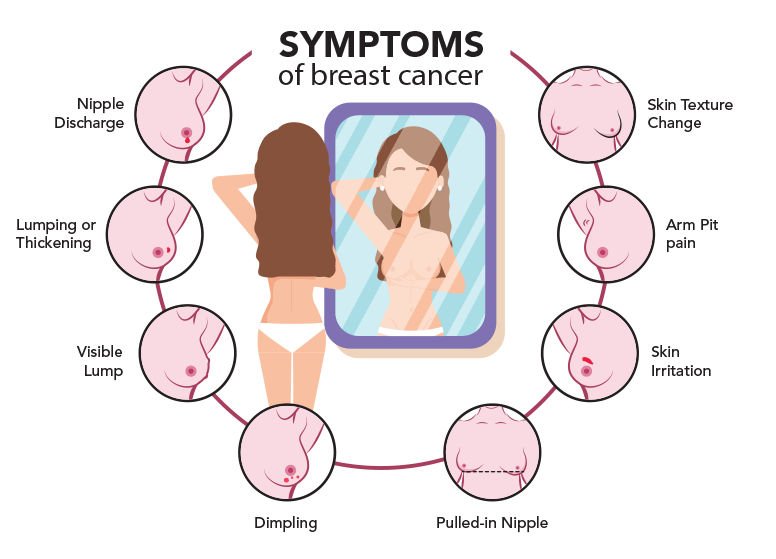Breast Cancer Test
Breast Cancer Test Schedule an Appointment Breast Cancer Test – Since breast cancer is the most commonly diagnosed cancer in women, it’s important to be aware of the signs and symptoms. In fact, according to the American Cancer Society, one in eight women will develop breast cancer at some point in their lives. The good news is that this disease can often be treated successfully if it’s detected early. That’s why it’s important for all women to know how to detect breast cancer and understand the risk factors involved. In this blog post, we’ll discuss some of the basics of breast cancer: what it is, how to detect it, and ways to prevent it. Breast Cancer Test: A Comprehensive Guide Introduction Breast cancer test is a significant health worry for females throughout the world. Fortunately, with innovations in clinical science, the early discovery of breast cancer has become less complicated. Numerous examinations can be done to ensure breast health and wellness and find any irregularities beforehand. A typical breast cancer testing method is a self-breast exam or Breast self-examination, also called BSE or SBE. But shockingly, how many womens will do the self-breast examination? The answer is that only 30 percent of women prefer to self-check their breasts. In India, they are more dependent on doing self-breast mammograms or ultrasound testing. They will go to the healthcare center and try to do these tests without showing themselves to a breast surgeon. Females themselves can perform this easy test in your home. By regularly doing soul-searching, a female can familiarize herself with her breasts’ typical texture and watch out for any changes or lumps that might indicate an issue. Along with self-examination, mammograms are also used as a testing device for breast cancer cells. It includes X-raying the breasts to spot any signs of abnormal developments or architectural distortion. It is done for females above 40 years of age. While Ultrasound breast and also MRI breast are other non-invasive imaging examinations that can help spot problems in the busts at any age from 12 years to 70 years, according to clinical guidance. Ideally, these tests should be done after a breast examination by a doctor. They will let you know the best practice test for you. Understanding Breast Cancer: what is breast cancer test applies for Breast cancer is a kind of cancer cells that creates in the cells of the busts. It is one of the most common cancer cells amongst ladies worldwide. Although breast cancer cells can affect men and women, it is much more common in females due to their large bust cell composition. There are numerous root causes of bust cancer, consisting of genetic factors as well as lifestyle choices such as – Smoking alcohol usage absence of exercise. Other threat aspects include: Age Excessive weight Direct exposure to radiation or certain chemicals A family history of bust cancer cells. Physicians recommend regular screenings such as mammograms or self-examinations to detect bust cancer cells early on. Mammograms are X-ray examinations that can find breast changes before they become visible or palpable. It’s essential to get regular exams if you observe any adjustments in your busts, like lumps or nipple discharge. Detecting breast cancer early significantly increases the chances of successful treatment and recovery. Risk factors for Breast Cancer A family history of breast cancer Some genetic mutations, for example, the BRCA1 and BRCA2 mutations Increasing age Being overweight or obese Drinking alcohol Having children later in life or not having any at all Dense breast tissue Exposure to radiation Breast Cancer Screening Methods Mammography is the most common screening tool for breast cancer. Mammography is considered one of the most effective methods for breast cancer screening. It allows early detection and treatment, potentially saving lives. This test uses low-dose X-rays to capture images of the breast tissue, which a radiologist then examines for abnormalities. There are two types of mammography: Screening Mammograms: Screening mammograms are recommended for women with no signs or symptoms of breast cancer but are at average risk due to their age or family history. Diagnostic Mammograms: Diagnostic mammograms, on the other hand, are performed when there is a suspicion of breast cancer based on symptoms such as a lump or changes in breast size or shape. Dose in Mammogram for breast cancer test: The dose of radiation used in mammography is very low and has been deemed safe by many health organizations. However, it is still important to minimize unnecessary radiation exposure whenever possible. Breast Magnetic Resonance Imaging (MRI) is an advanced imaging technique other than Mammograms and ultrasound. It uses powerful magnetic fields and radio waves to produce detailed images of breast tissue. MRI is a non-invasive procedure. It helps detect and diagnose breast cancer in its early stages so that patients can be treated easily with better survival outcomes, making it easier to treat. Generally, There are two types of breast MRI: 1)contrast-enhanced 2)non-contrast-enhanced. Contrast-enhanced MRI involves injecting a dye into the bloodstream, highlighting abnormal breast tissues. The radiation dose involved in breast MRI is relatively low, making it safe for most people. However, certain individuals might not be eligible for the test for some reasons, like pregnant women and lactating mothers. Breast MRI is recommended for women with a high risk of developing breast cancer with a family history of cancer or genetically positive BRCA cancers. On the other hand, young individuals aged between 40 to 50 with dense breasts make mammography less effective at detecting tumors. Breast ultrasound is a non-invasive clinical procedure that uses high-frequency sound waves to create pictures of breast tissue. It is considered a development examination that can find irregularities in the bust, consisting of swellings or masses. This type of examination can be used as an accessory to mammography for breast cancer testing. Breast ultrasound is useful for females with thick busts, as it can identify modifications that may not be visible on a mammogram. It can also supply even more comprehensive information about abnormalities seen on




